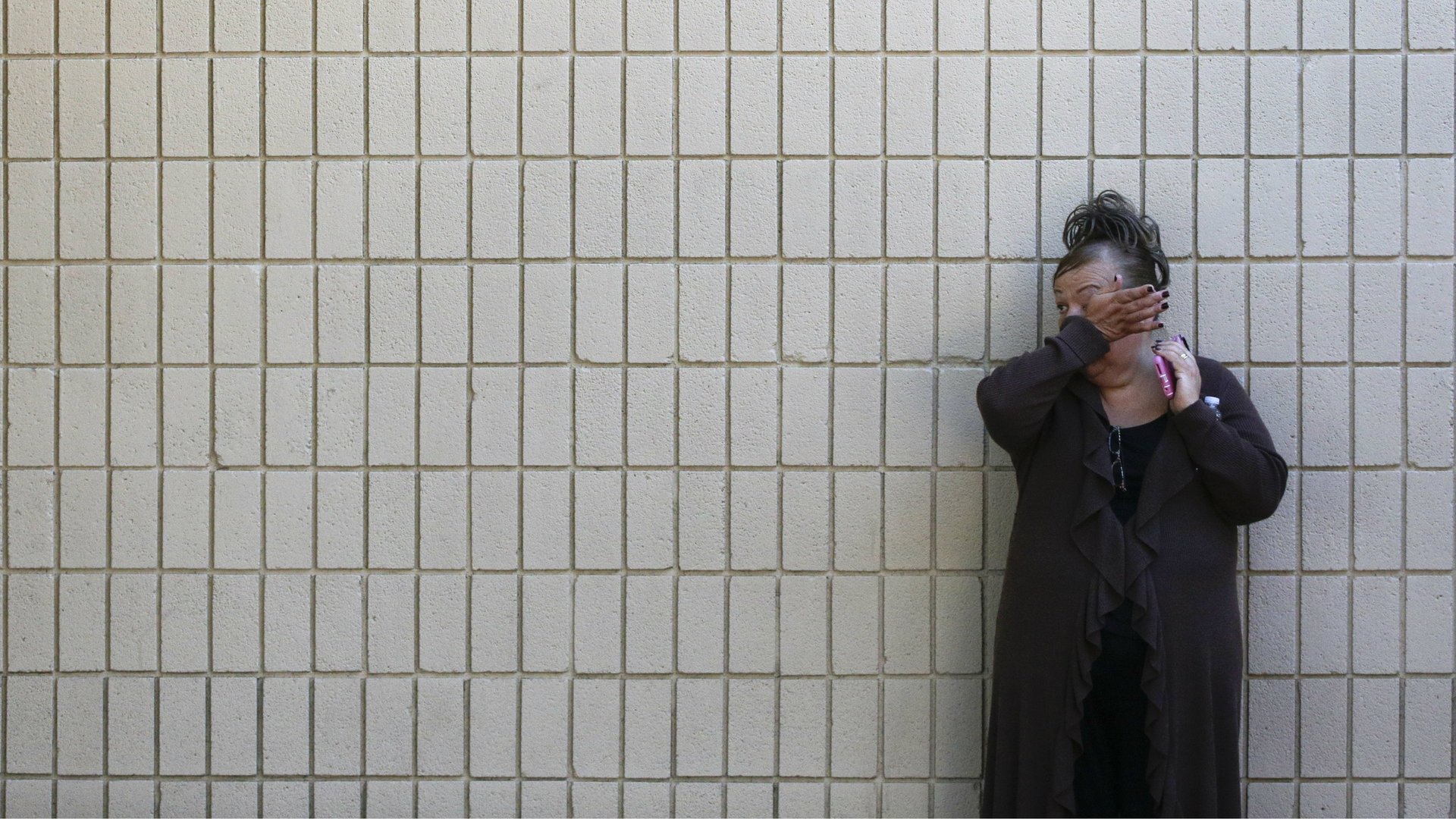The banality of evil: Looking for clues in the San Bernardino shooter’s food-safety inspections
After a mass shooting, the police, reporters, and the public look to public records to find clues that might shed any light on the motives behind the gunmen. Previously ignored tweets, Facebook posts, and personal blogs all take on new meaning.


After a mass shooting, the police, reporters, and the public look to public records to find clues that might shed any light on the motives behind the gunmen. Previously ignored tweets, Facebook posts, and personal blogs all take on new meaning.
Syed Farook, one of the shooters from this week’s massacre in San Bernardino, California, was a food safety inspector, leading Food Safety News to review about 1,000 of his filed inspection reports. Their determination: Farook “was a ‘by the book’ food safety inspector before he took up mass murder.”
Farook targeted former friends and colleagues at a holiday luncheon for San Bernardino public health employees, killing 14 people. But his inspection records indicate that before that, he was a decent public servant, if not an enthusiastic one. He performed thorough examinations of the facilities he inspected, though he rarely filled out the “Additional Comments” section of his reports.
He inactivated a health permit for Save More Oriental Market in August when he discovered the store was no longer operating, and told a Mexican restaurant owner to change the way he was cooling his beans—left out overnight—in October. “Operator stated that he will start cooking the beans during the day and then cool it in ice baths,” he wrote. Following a complaint of a possible foodborne illness at a Chinese restaurant, Farook noted violations for improper hand washing methods like using cold water.
Farook also inspected non-food locations. In October, he visited a public high school pool, giving it a 99 out of 100. Its only violation was for failing to post an emergency phone number.